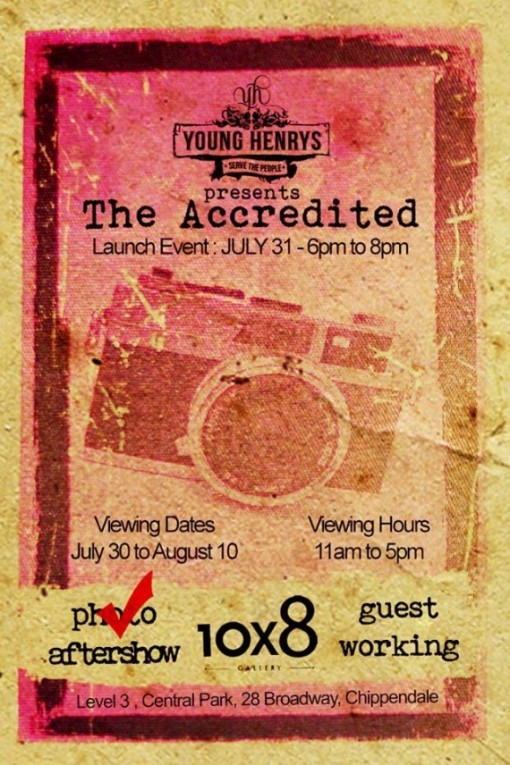
Every been to a gig or festival and seen a bunch of photographers milling around in the photo pit waiting for the show to begin and thought, “I’d love to do that?” Well this is probably the first thought that the 20 photographers involved in The Accredited exhibition had. Between July 30 and August 10, 200 live music images will be on the walls at the 10 x 8 Gallery in Chippendale as part of the The Accredited – A Group Exhibition by Sydney’s Dirtiest Live Events Photographers. One of those shooters just happens to be myself and I thought I would take the opportunity to look back at my gig shooting experience. Hopefully it will get you an insight into what it takes to capture a great live image.
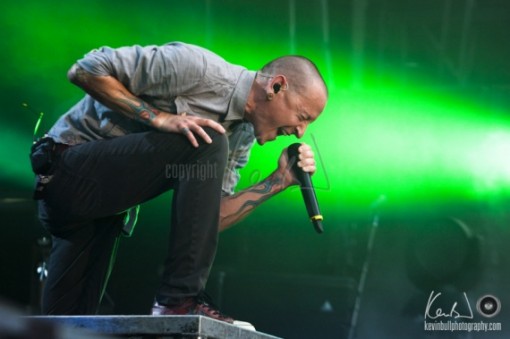
Even though I may have been shooting gigs for about seven years, in the scheme of things, this has no bearing on whether you can capture a great live image. It helps, practice does help, but you need to inherently be able to see and understand what a great image is, and what elements make it memorable. Anyone can photograph an artist, just point your camera and click, but you need to understand when that special moment occurs in a performance. Once you do you can prepare and be ready for it.
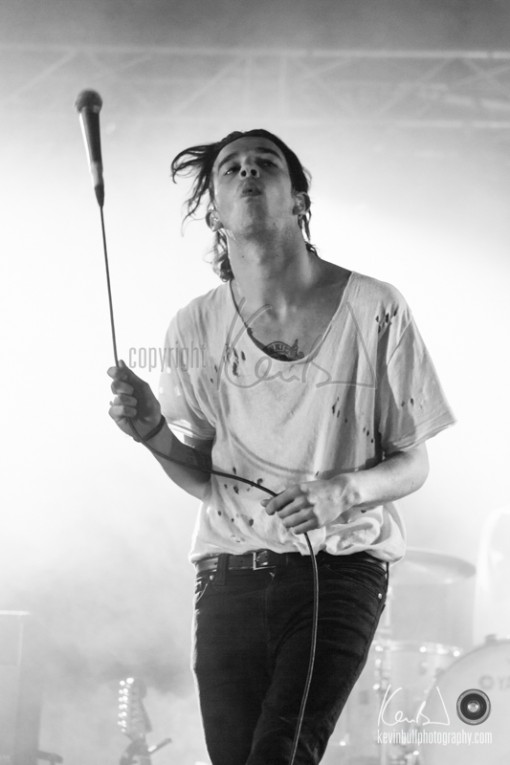
Case in point, many years ago I met a very young photographer who wanted to shoot gigs for Reverb. The first thing I want to know when a request like this comes in is how many bands have they shot, and to take a look at their portfolio. This particular shooter had spent the past 18 months shooting free all-ages gigs on a regular basis, and it was clear from the images that there was a natural understanding of composition. I had no hesitation in assigning her to bigger and bigger gigs to shoot.
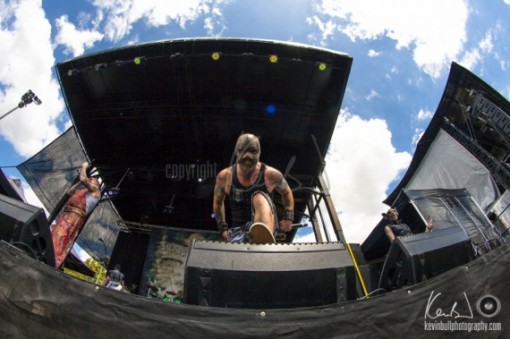
The moral of this is if you want to shoot gigs, don’t expect to gain your experience or portfolio via the help of a publication or website. Go out and find all the shows where you can simply walk in with your camera and do it yourself. These gigs will most probably be the hardest shooting environments to shoot in but if you can produce quality images here, it only becomes easier as you progress to bigger stages and lighting.
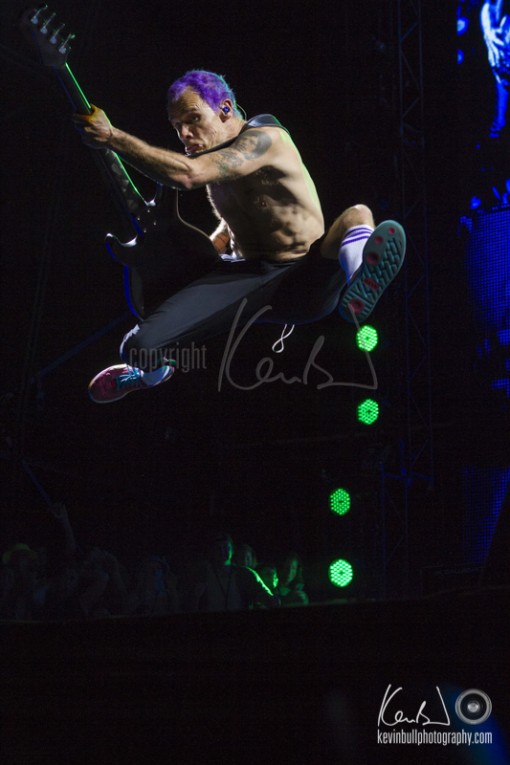
This brings me to the point of being able to read the performance, the artist and lighting. Artists can be creatures of habit, and if you notice a guitarist instinctively move to the front of stage when they solo, be prepared. When an artist steps up on the drum riser, be prepared for a jump shot. This reminds me of two particular artists, Daniel Johns (Silverchair) and Josh Homme (QOTSA). When they are at the mic singing, they naturally extend and open up to their left, so the place to be is to the right of stage (as you look at them).
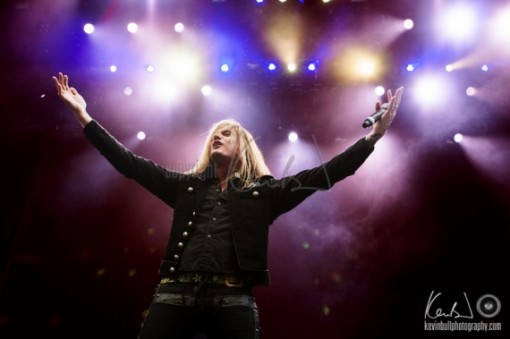
When you look at cameras and lenses, I have to say that a quality shooter will beat a quality camera every day. Let me relate my first big pit shoot to you. It was 2007 and Heaven and Hell (Black Sabbath with Ronnie James Dio essentially) performed at the Newcastle Entertainment Centre. At the time all I had was an entry level Pentax camera with a 30 year old manual 50 mm 1.4 lens. That was it. Up until this point I had been shooting club gigs and really had my doubts if I was up to being in a pit of this size. The result was an image of Tony Iommi that is hanging on my wall. After this gig I knew I could do it.
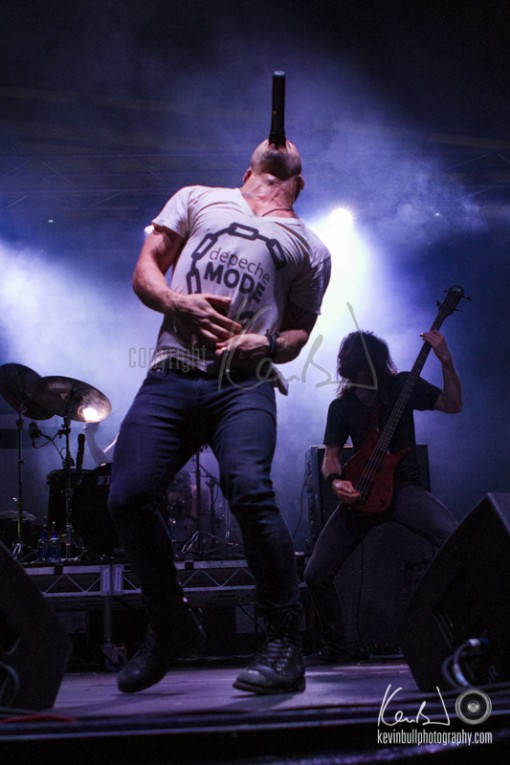
Now I don’t was to give the impression that good camera gear is not important. In the hands of a skilled photographer they can make the job of producing quality images easier but it is not the answer to the average shooter’s problem of producing average images. If you want to invest in some quality camera gear, the lens is king. You need to remember that you are shooting in a low light environment, so the need to get as much light into the camera is essential. This is where a lens with a wide aperture helps. With extra light coming into the camera you can increase the speed and lower the ISO.
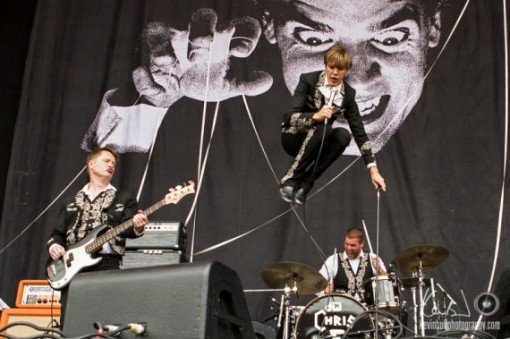
If all that sound confusing – apertures, ISO, speeds, depth of field – then you need to learn your camera. I would have to say that having an intimate knowledge of what your camera and lens are capable of (or not as the case may be) is right up there in importance with skill. You will be in a fast passed environment where lighting and artists will be changing and moving constantly. If you have to take 15 seconds to change the settings in your camera you will have no chance.
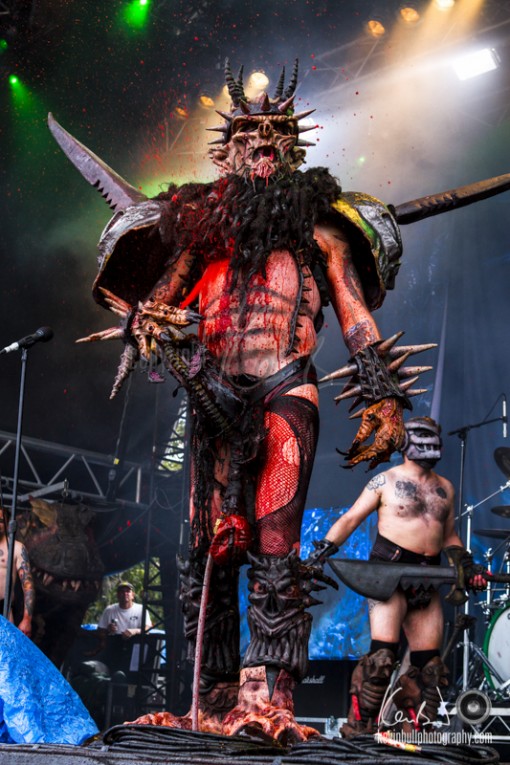
Now I have probably gone off track here from the initial question, “What does it take to capture a great live image.” It is knowing what elements of an image makes it great, reading your environment, putting yourself in the right position to catch that moment, and understanding your equipment.
I feel very humble in being included in The Accredited. I admire the shooters I am included with, and to have my images next to theirs is a great honour. It is a privilege to have the opportunity to be in the pit, and it’s something that I remind myself of often. There have been times where I have stood in the pit prior to the show, for example Foo Fighters at the Sydney Showground, and I have felt the energy. To turn towards the crowd and see 50000 people chanting, and here I am in this small gap between them and the stage, it is truly a special moment.
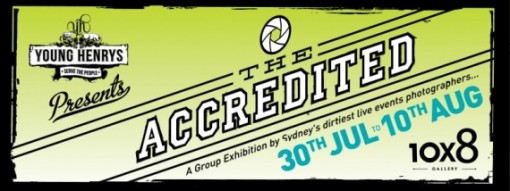
The Accredited
A Group Exhibition by Sydney’s Dirtiest Live Events Photographers
10 x 8 Gallery, Chippendale
July 30 to August 10, 2014
